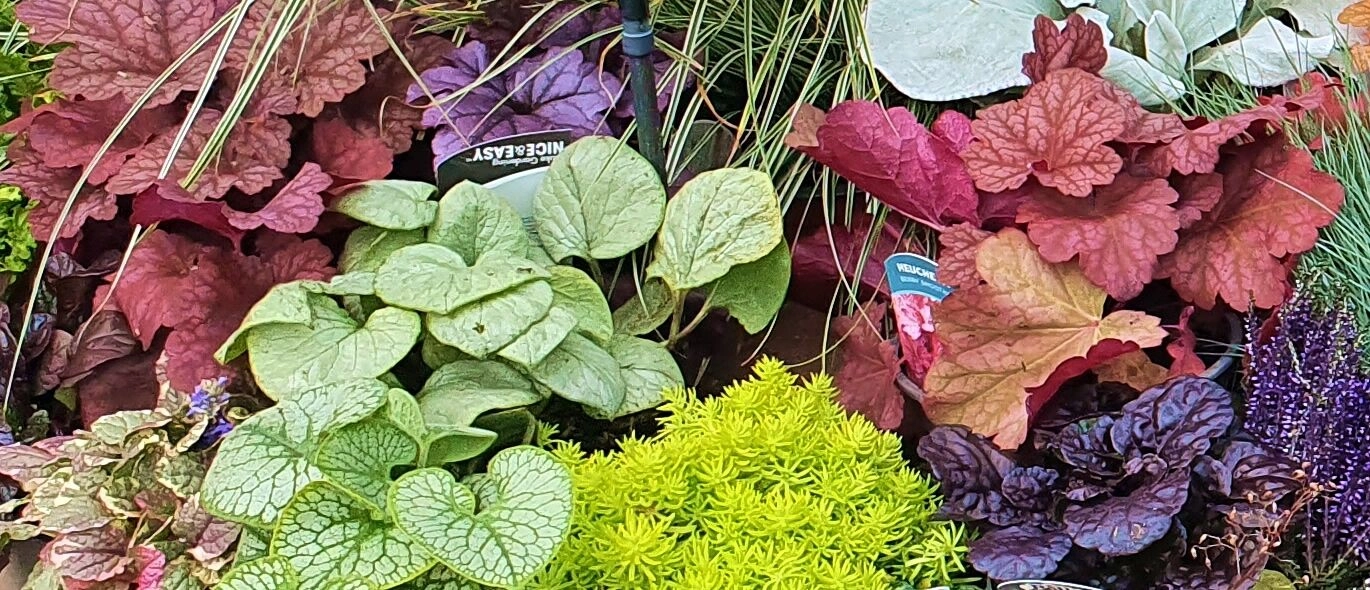Choosing the right plants for your garden can transform your outdoor space into a flourishing sanctuary. To begin this process, it is essential to understand your garden’s unique conditions. Start by assessing factors such as sunlight, soil type, and moisture levels. Different plants thrive in varying light conditions; some prefer full sun, while others thrive in shade or partial shade. Understanding the microclimates within your garden can help you select plants that will flourish. Next, consider the climate of your region. Plants that are native to your area will generally perform better since they are adapted to local conditions. Research the hardiness zones for your area, as this will guide you in selecting plants that can withstand the temperature fluctuations throughout the year. Moreover, pay attention to seasonal changes; select plants that provide interest in different seasons, ensuring your garden remains vibrant year-round. Soil quality is another critical factor to consider.

Testing your soil can reveal its pH level and nutrient content, guiding your plant selection. Most plants prefer well-drained, loamy soil, but some may require specific conditions like sandy or clay-rich soils. Incorporating organic matter, such as compost, can improve soil fertility and structure, providing a healthier environment for your plants. When selecting plants, think about their growth habits and maintenance requirements. Some plants spread aggressively, while others may require more careful pruning and management. If you are looking for low-maintenance options, consider drought-resistant or perennial plants, which come back year after year with minimal care. Grouping plants with similar water and sunlight needs can also simplify your gardening tasks and promote healthier growth. Aesthetic appeal is another important consideration. Think about colors, textures, and shapes that will complement your home and other outdoor elements.
Create a harmonious look by selecting Garden plants that will bloom at different times or have varying foliage colors throughout the year. Incorporating a mix of heights and forms can add visual interest and depth to your garden design. Do not forget about the wildlife in your area. Consider incorporating plants that attract beneficial insects, butterflies, and birds, creating a thriving ecosystem in your garden. Native plants often serve this purpose well, providing food and habitat for local wildlife. Finally, it is crucial to be patient and flexible. Gardening is a process of trial and error, and not every plant will thrive as expected. Be willing to adapt your selections based on performance, and do not hesitate to replace struggling plants with new varieties. Enjoy the journey of creating your garden, and remember that each choice contributes to the beauty and biodiversity of your outdoor space. By taking the time to understand your garden’s specific needs and conditions, you can cultivate a vibrant and healthy landscape that will provide joy for years to come.

